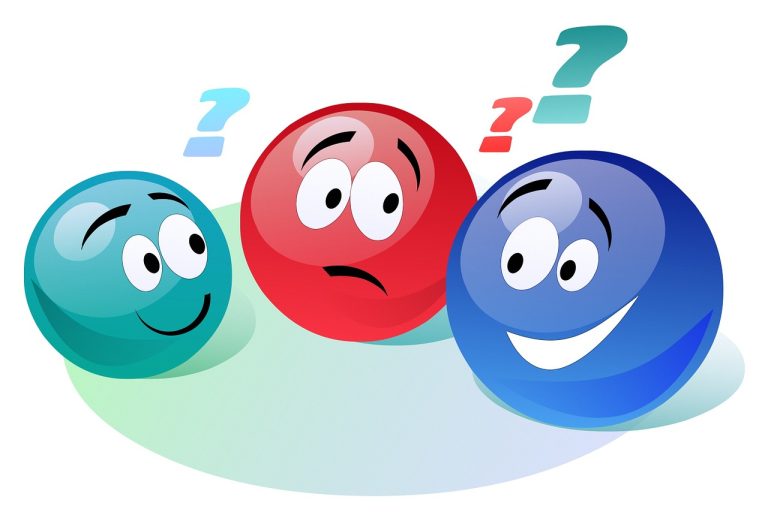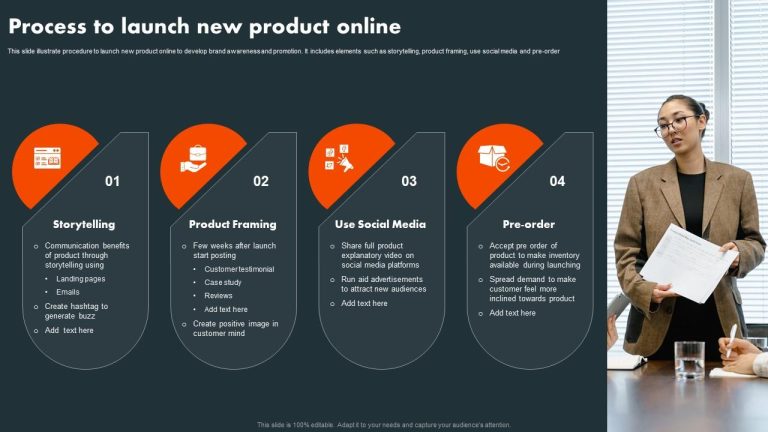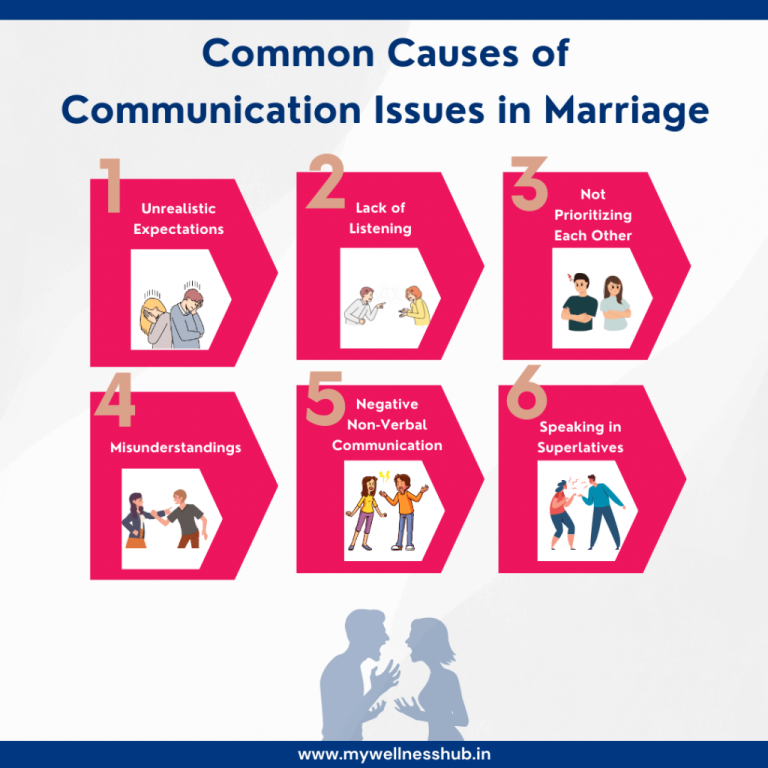Pitfalls Of High Conflict Communication: Avoid Traps
High conflict communication creates challenges and stress. It often leads to misunderstandings.
Conversations can quickly spiral out of control. Why does this happen? People involved in high conflict exchanges often hold strong emotions. These emotions can cloud judgment and block healthy dialogue. Misunderstandings arise, making resolution difficult. The inability to listen or compromise intensifies the conflict.
Relationships suffer, and tension rises. Understanding the pitfalls of high conflict communication is essential. It helps individuals manage disputes better. By recognizing these pitfalls, one can adopt strategies to improve communication. This awareness can foster more constructive conversations. Effective communication becomes possible, reducing stress and enhancing relationships.

Credit: vicklaw.org
Recognizing High Conflict Dynamics
Understanding high conflict dynamics is crucial for effective communication. It helps in navigating tense interactions and maintaining peace. Recognizing these dynamics allows you to address issues early. This prevents further conflict escalation.
Signs Of Escalating Tension
Escalating tension often shows in raised voices and harsh tones. Disagreements become more personal and less about the issue. Interruptions increase, and listening decreases. Body language becomes defensive, with crossed arms or avoidance. These signs indicate a shift from productive to destructive communication.
Identifying Patterns In Communication
Patterns in high conflict communication reveal recurring themes. Blame and criticism often dominate discussions. Defensiveness and stonewalling replace open dialogue. Arguments may repeat without resolution, suggesting deeper issues. Recognizing these patterns helps in breaking the cycle. It encourages healthier, more constructive communication habits.

Credit: www.instagram.com
Common Communication Traps
High conflict communication often leads to misunderstandings and stress. Many people fall into common communication traps without realizing it. These traps make conflicts worse. Recognizing these pitfalls can improve conversations and relationships. Let’s explore some common traps.
Emotional Triggers
Emotions can cloud judgment during conversations. Words spoken in anger can hurt others deeply. People often react without thinking. This can escalate conflicts quickly. Recognizing emotional triggers helps in staying calm. Taking a deep breath can prevent rash responses.
Misinterpretation And Assumptions
People often misinterpret words or tones. This leads to false assumptions. Misunderstandings arise from lack of clarity. It’s important to ask questions for better understanding. Clarifying statements can prevent unnecessary conflicts. Always ensure your message is clear and concise.
Impact On Relationships
High conflict communication often harms relationships. It creates barriers between people. Misunderstandings grow, and trust fades. The negative effects ripple through personal and professional bonds.
Strained Interpersonal Connections
Frequent conflicts cause tension between individuals. People avoid each other to escape arguments. This leads to reduced communication and collaboration. Friendships weaken, and workplace morale drops.
Conflict-filled conversations often lack empathy. People feel unheard and dismissed. As a result, resentment builds up over time. It becomes harder to resolve issues peacefully.
Long-term Consequences
Constant high conflict can damage long-term relationships. Couples may drift apart, finding it hard to reconnect. Family members might choose distance over closeness.
In workplaces, persistent conflicts impact productivity. Teams struggle with cooperation, affecting overall performance. Colleagues may leave, seeking healthier environments.
Trust is crucial for any relationship. High conflict erodes this trust. Rebuilding it requires time, effort, and understanding.

Credit: www.marriage.com
Strategies For Effective Communication
High conflict communication often leads to misunderstandings and frustration. Effective communication strategies can help navigate these challenges. By adopting certain techniques, you can foster clearer and more productive dialogues. This section explores strategies to enhance communication and reduce conflict.
Active Listening Techniques
Listening actively is crucial for understanding the other person’s perspective. Focus on the speaker without forming a response while they talk. Nod or use small verbal affirmations to show engagement. Repeat back what you heard to confirm understanding. Avoid interrupting. Let them express their thoughts fully. Ask open-ended questions to encourage sharing. This builds trust and reduces tension.
Setting Boundaries
Clear boundaries are vital in high conflict situations. They protect your emotional health. State your limits calmly and assertively. Use “I” statements to express your needs without blaming. Be consistent with your boundaries. This prevents misunderstandings. Respect the other person’s boundaries too. Mutual respect fosters better communication. Boundaries create a safe space for dialogue.
Building Resilience In Communication
High conflict communication can escalate tensions and damage relationships. Misunderstandings often arise, leading to frustration. Recognizing emotional triggers helps in managing these situations effectively. By focusing on clear and calm dialogue, resilience in communication builds naturally, reducing conflict and fostering understanding.
High conflict communication can be draining and difficult, often leaving you feeling misunderstood and frustrated. Building resilience in communication is crucial to navigate these challenging interactions effectively. Imagine being able to handle any conversation with calmness and clarity. This isn’t just a dream—it’s a skill you can develop. By focusing on resilience, you can transform conflicts into opportunities for growth and understanding. ###Developing Emotional Intelligence
Emotional intelligence is your ability to understand and manage your emotions and those of others. It’s like having a radar that detects emotional undercurrents. To strengthen this skill, start by being aware of your feelings during conversations. Are you feeling defensive or open? Recognizing these emotions helps you respond instead of react. Practice empathy by putting yourself in the other person’s shoes. What might they be feeling or needing? This perspective shift can reduce tension and open up more productive dialogue. Remember, emotional intelligence isn’t just about emotions; it’s about using them wisely in your communication. ###Practicing Mindfulness
Mindfulness is about being present in the moment without judgment. It allows you to listen more deeply and respond more thoughtfully. Next time you’re in a heated discussion, take a deep breath. Notice how you’re feeling and what you’re thinking. This pause can prevent knee-jerk reactions. Incorporate short mindfulness exercises into your daily routine. Even a few minutes of focused breathing can make a difference. The more you practice, the more natural it becomes to stay calm and composed during conflicts. Ask yourself: How often do you truly listen, and how often are you just waiting for your turn to speak? Mindfulness encourages genuine listening, which can dramatically improve the quality of your conversations. Building resilience in communication isn’t about avoiding conflict but handling it with grace and skill. By developing emotional intelligence and practicing mindfulness, you’re not just surviving high-conflict situations; you’re thriving in them. What steps will you take today to strengthen your communication resilience?Frequently Asked Questions
How Does Conflict Affect Communication?
Conflict disrupts communication by creating misunderstandings and emotional barriers. It leads to misinterpretations, increased tension, and reduced trust. People may avoid open dialogue or become defensive, hindering effective communication. Conflict often escalates negative emotions, making it difficult to resolve issues collaboratively.
Effective conflict management can improve communication and strengthen relationships.
How To Communicate With High-conflict People?
Stay calm and listen actively. Use “I” statements to express feelings. Set clear boundaries politely. Avoid engaging in arguments. Seek professional help if necessary.
What Is The Psychology Of High-conflict People?
High-conflict people often exhibit dramatic behavior, blame others, and struggle to manage emotions. They thrive on conflict. These individuals may have rigid thinking patterns and difficulty accepting responsibility. Their behavior can be linked to personality disorders, making interactions challenging. Understanding their mindset helps in navigating relationships effectively.
Conclusion
High conflict communication can damage relationships. Misunderstandings often escalate conflicts. Listening actively helps reduce tension. Practice empathy to build understanding. Avoid blaming others in conversations. Stay calm and focused on solutions. Clear communication reduces confusion. Set boundaries to maintain respect.
Be patient with yourself and others. Change takes time and effort. Effective communication improves relationships and reduces stress. Keep practicing these skills for better outcomes.




